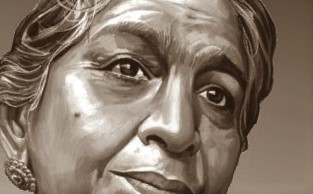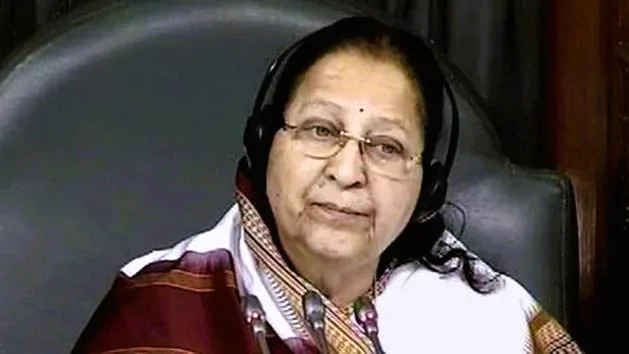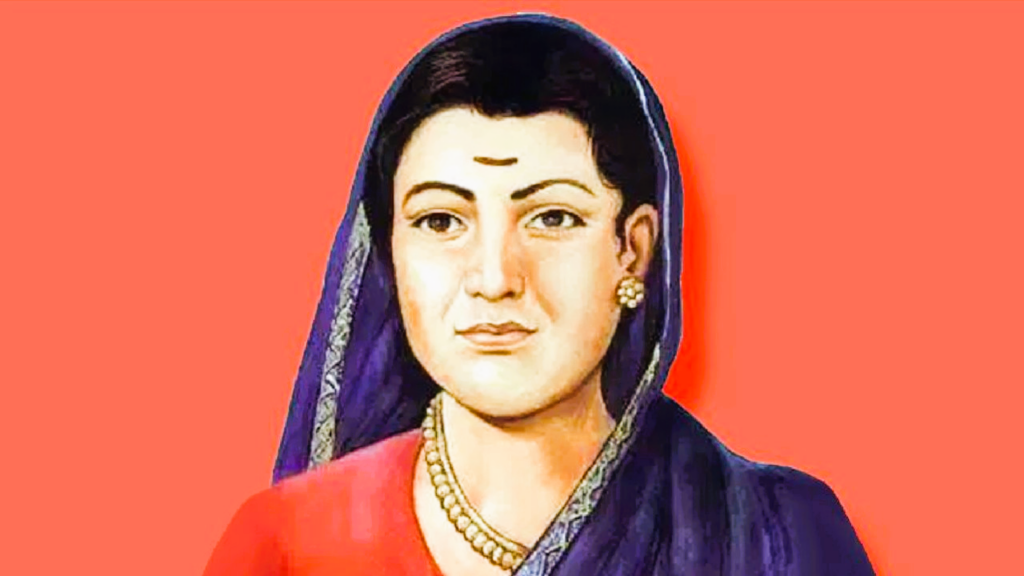Sarojini Naidu
Sarojini Naidu was brought into the world in Hyderabad on the thirteenth of February 1879 to prominent etymologist Aghornath Chattopadhyay and his better half Barada Sundari Devi, a Bengali poetess. Her dad was likewise perhaps the earliest individual from the Indian Public Congress in Hyderabad.
Biography of Sarojini Naidu
Sarojini Naidu was brought into the world in Hyderabad, India. Her mom, Barada Sundari Devi, was a writer who wrote in Sanskrit and Bengali. Her dad, Aghornath Chattopadhyay, was a researcher and scholar who aided tracked down Nizam School, where he filled in as head until eliminated for his political exercises. Naidu’s folks likewise established the principal school for young ladies in Nampally and worked for ladies’ freedoms in training and marriage.
Sarojini Naidu, who communicated in Urdu, Teugu, Bengali, Persian, and English, started composing verse early. Known as a youngster wonder, she became renowned when she entered Madras College when she was only twelve years of age, scoring the most elevated score on the placement test.
She moved to Britain at sixteen to learn at Lord’s School (London) and afterward Girton School (Cambridge). At the point when she went to school in Britain, she became engaged with a portion of the lady testimonial exercises. She was urged to expound on India and its property and individuals.

From a Brahman family, Sarojini Naidu wedded Muthyala Govindarajulu Naidu, a clinical specialist, who was not a Brahman; her family embraced the marriage as allies of between station marriage. They met in Britain and were hitched in Madras in 1898.
In 1905, she distributed The Brilliant Limit, her most memorable assortment of sonnets. She distributed later assortments in 1912 and 1917. She composed basically in English.
In India Naidu directed her political interest into the Public Congress and Non-Participation developments. She enlisted in the Indian Public Congress when the English parceled Bengal in 1905; her dad was additionally dynamic in fighting the segment. She met Jawaharlal Nehru in 1916, working with him for the privileges of indigo specialists. That very year she met Mahatma Gandhi.
She additionally helped tracked down the Ladies’ India Relationship in 1917, with Annie Besant and others, talking on ladies’ privileges to the Indian Public Congress in 1918. She got back to London in May 1918, to address a board that was dealing with improving the Indian Constitution; she and Annie Besant supported for ladies’ vote.
In 1919, in light of the Rowlatt Act passed by the English, Gandhi shaped the Non-Collaboration Development and Naidu joined. In 1919 she was designated the minister to Britain of the Home Rule Association, pushing for the Public authority of India Act which allowed restricted regulative powers to India, in spite of the fact that it didn’t concede ladies the vote. She got back to India the following year.
She turned into the principal Indian lady to head the Public Congress in 1925 (Annie Besant had gone before her as a leader of the association). She went to Africa, Europe, and North America, addressing the Congress development. In 1928, she advanced the Indian development of peacefulness in the US.
In January 1930, the Public Congress broadcasted Indian freedom. Naidu was available on the Salt Walk to Dandi in Walk 1930. At the point when Gandhi was captured, with different pioneers, she drove the Dharasana Satyagraha.
A few of those visits were essential for designations to the English specialists. In 1931, she was at the Round Table Discussions with Gandhi in London. Her exercises in India for freedom brought jail sentences in 1930, 1932, and 1942. In 1942, she was captured and stayed in prison for a very long time.
From 1947, when India accomplished freedom, to her demise, she was legislative head of Uttar Pradesh (prior called the Assembled Areas). She was India’s most memorable lady lead representative.
Her experience as a Hindu living in a piece of India that was principally Muslim impacted her verse, and furthermore assisted her work with Gandhi managing Hindu-Muslim struggles. She composed the main history of Muhammed Jinnal, distributed in 1916.
Sarojni Naidu’s birthday, Walk 2, is regarded as Ladies’ Day in India. The Majority rule government Venture grants an article prize in her honor, and a few Ladies’ Examinations places are named for her.
Her Political Profession
Sarojini got back to India in 1898 and wedded Govindarajulu Naidu, consequently becoming Sarojini Naidu. During this time, she became associated with India’s battle for freedom from provincial rule.
Favored with splendid rhetoric abilities, she advanced the reason for Indian freedom in a large number of her talks. In 1906, she tended to the Indian Public Congress and the Indian Social Gathering in past Calcutta.
She met Mahatma Gandhi in 1914 and was enlivened by him to concede to political activism. She likewise got to know social reformers Gopal Krishna Gokhale, Sarala Devi Chaudhurani, and Rabindranath Tagore.
Propelled by Gandhi’s development of peaceful obstruction contrary to English rule, she joined his satyagraha. She made a trip to London in 1919 as an individual from the All India Home Rule Association to advocate for India’s independence from pilgrim rule.
Sarojini Naidu was a functioning member in the non-participation development in India. She headed out to Africa in 1924 and addressed the Indian Public Congress at the East African Indian Public Congress.
In 1925, she was made the main female leader of the Indian Public Congress. After several years, she turned into an establishing individual from the All India Ladies’ Meeting.
Sarojini Naidu voyaged a ton in the last part of the 1920s, advancing the reason for Indian freedom. She upheld for peaceful obstruction in the US in 1928 and directed East African and Indian Congress’ meeting in South Africa the next year.
In 1930, Sarojini Naidu and a couple of different ladies activists, including Khurshed Naoroji and Kamaladevi Chattopadhyay, joined Gandhi’s Salt Walk regardless of his underlying hesitance to permit ladies to join the walk. Following Gandhi’s capture on April 6, 1930, Sarojini Naidu took over as the new head of the mission.
While the Indian Public Congress didn’t take part in that frame of mind Round Table Meeting, Sarojini Naidu and a couple of other Congress Party pioneers participated in the Subsequent Round Table Gathering in 1931.
She was detained on various occasions by the English because of her patriot exercises. She was detained for a very long time following her capture in 1942 for her support in the Quit India Development. She had been imprisoned often previously this also.
India acquired freedom from English rule in 1947. Sarojini Naidu was designated the legislative leader of the Assembled Areas (present-day Uttar Pradesh) in the recently free country. She was India’s most memorable lady lead representative. She stayed here until her passing.
Grants and Achievements
Sarojini Naidu was the main ladies of India to turn into a leader of the Indian Public Congress. She was likewise the main lady to turn into the legislative leader of a state in India. She is viewed as the Songbird of India. She was one of the popular journalists in English in India. She has composed numerous sonnets, stories and was one of the activists in the opportunity of India.
She was granted ‘Hindi Kesari Decoration’ in 1928.




